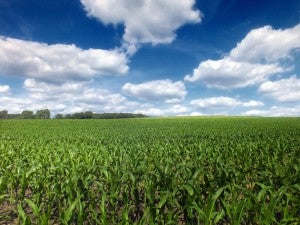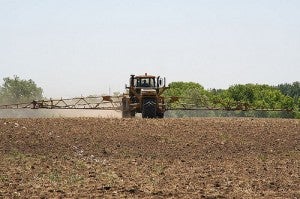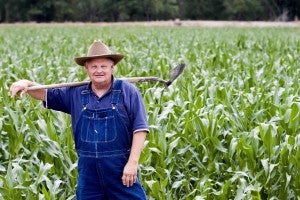 There’s a new reason to celebrate your favorite sugar cookie. The Campbell Soup Company has committed to fertilizer optimization in its sourcing areas in Ohio and Nebraska. These areas provide wheat for Campbell’s subsidiary, Pepperidge Farm – and the company will enroll an additional 70,000 acres into its fertilizer optimization programs by 2020.
There’s a new reason to celebrate your favorite sugar cookie. The Campbell Soup Company has committed to fertilizer optimization in its sourcing areas in Ohio and Nebraska. These areas provide wheat for Campbell’s subsidiary, Pepperidge Farm – and the company will enroll an additional 70,000 acres into its fertilizer optimization programs by 2020.
Campbell will work with EDF to create additional fertilizer optimization and soil conservation programs for farmers, and will deploy United Suppliers’ SUSTAIN platform in these sourcing areas to help ensure farmers that changing their practices will not only reduce nitrogen runoff, but also protect yields and farm income. Read More


















